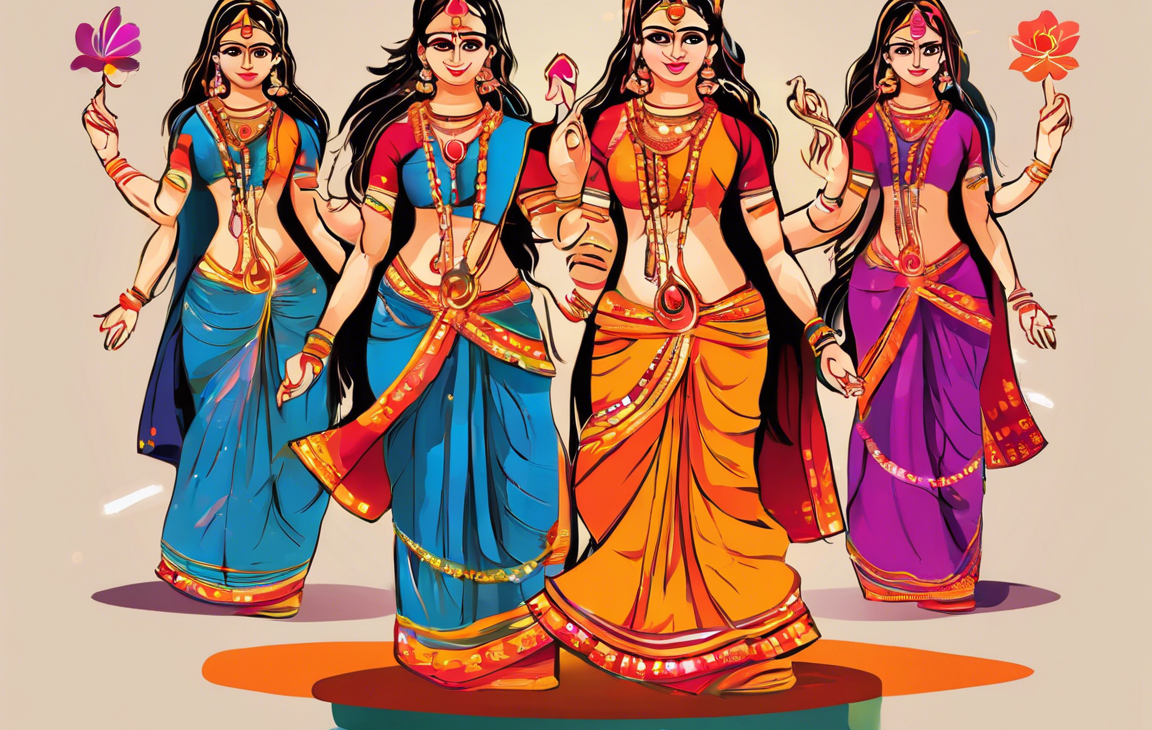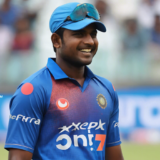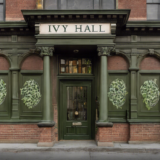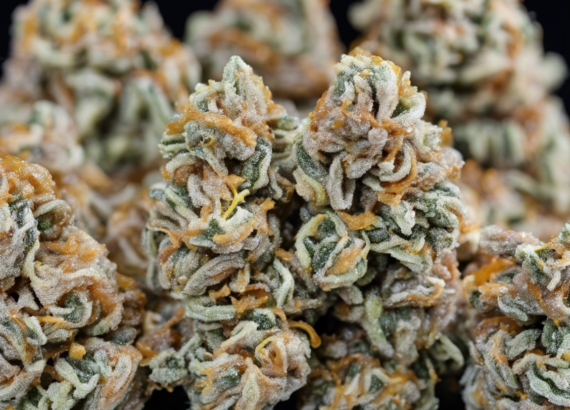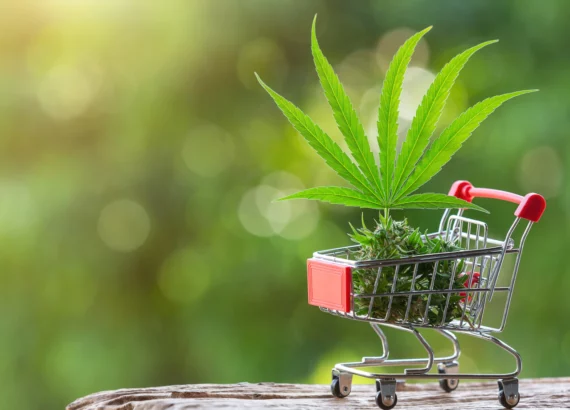Navratri, a nine-night festival celebrated by Hindus across India and around the world, holds immense cultural and religious significance. The word ‘Navratri’ is derived from two words: ‘Nav’ meaning nine, and ‘Ratri’ meaning night. This auspicious festival is observed in honor of Goddess Durga, in her various forms, each day. Navratri is celebrated twice a year, once in the month of Chaitra (March-April) and then in the month of Ashwin (September-October). In 2023, Navratri falls in October.
Origins and Significance of Navratri
Legend of Navratri
One of the most famous legends associated with Navratri is the battle between Goddess Durga and the demon Mahishasura. According to mythology, Mahishasura terrorized the heavens and the earth and could only be defeated by a female power. The gods created Goddess Durga, who fought Mahishasura for nine days and nights before finally defeating him on the tenth day, celebrated as Vijayadashami.
Significance of Navratri
Navratri is a time for rituals, fasting, prayers, dance, and music. It is believed that during these nine days, the Goddess Durga descends on Earth to bless her devotees with strength, prosperity, and wisdom. Each day of Navratri is dedicated to a different form of the Goddess, such as Shailaputri, Brahmacharini, Chandraghanta, Kushmanda, Skandamata, Katyayani, Kalratri, Mahagauri, and Siddhidatri.
Celebrating Navratri: Traditions and Practices
1. Fasting
Fasting is an essential part of Navratri rituals. Many devotees observe fasts during the nine days, consuming only certain food items like fruits, milk, potatoes, sendha namak (rock salt), and certain grains. Some people also opt for a complete fast without consuming any solid food.
2. Garba and Dandiya Raas
Navratri is incomplete without the traditional folk dances of Garba and Dandiya Raas. These dances are performed in circles with dancers dressed in vibrant traditional attire, dancing to the beats of dhol (drums) and music. These dance forms not only symbolize the worship of the Goddess but also represent the circle of life and death.
3. Puja and Aarti
Devotees perform pujas and aartis to seek the blessings of the Goddess during Navratri. Special Goddess Durga idols or pictures are adorned with flowers, sweets, incense, and diyas (lamps), and prayers are offered with utmost devotion.
4. Navratri Sthapana
Navratri Sthapana, also known as Ghatasthapana, marks the beginning of the festival. It involves establishing a pot, known as Kalash or Ghat, symbolizing the presence of the Goddess in the household. The pot is filled with water and covered with a coconut, symbolizing prosperity.
Navratri across India: Region-specific Celebrations
1. Gujarat and Maharashtra
Navratri is celebrated with great fervor in states like Gujarat and Maharashtra. The Garba and Dandiya Raas dance performances are a major highlight of the celebrations, with people coming together in colorful attire to dance the night away.
2. West Bengal
In West Bengal, Navratri coincides with Durga Puja, a major festival where elaborate pandals (temporary structures) are set up for Goddess Durga’s worship. The last four days of Navratri are celebrated as Durga Puja, with grand processions and ceremonies.
3. Punjab
In Punjab, Navratri is celebrated as Navratri or Navratras. The festival is marked by fasting, kirtans (devotional songs), garba, and dandiya nights.
FAQs
1. What is the significance of Garba and Dandiya Raas during Navratri?
Garba and Dandiya Raas are traditional folk dances that are performed in honor of Goddess Durga during Navratri. These dances symbolize the worship of the Goddess and the circle of life and death.
2. How is fasting observed during Navratri?
Devotees observe fasts during Navratri by consuming only certain food items like fruits, milk, potatoes, sendha namak (rock salt), and certain grains. Some people also opt for a complete fast without consuming any solid food.
3. What is the importance of Navratri Sthapana or Ghatasthapana?
Navratri Sthapana marks the beginning of the festival and involves establishing a pot, known as Kalash or Ghat, symbolizing the presence of the Goddess in the household. The pot is filled with water and covered with a coconut, symbolizing prosperity.
4. How is Navratri celebrated in different regions of India?
Navratri is celebrated differently across India. In Gujarat and Maharashtra, Garba and Dandiya Raas are the main highlights. In West Bengal, Navratri coincides with Durga Puja. In Punjab, the festival is marked by fasting, kirtans, garba, and dandiya nights.
5. What are the different forms of Goddess Durga worshipped during Navratri?
Each day of Navratri is dedicated to a different form of Goddess Durga, such as Shailaputri, Brahmacharini, Chandraghanta, Kushmanda, Skandamata, Katyayani, Kalratri, Mahagauri, and Siddhidatri.
6. Why is Navratri celebrated twice a year?
Navratri is celebrated twice a year to honor Goddess Durga and her victory over the demon Mahishasura. The festival is observed in the month of Chaitra (March-April) and the month of Ashwin (September-October).
7. How long does Navratri last?
Navratri is a nine-night festival, with each day dedicated to a different form of Goddess Durga. The festival culminates on the tenth day, celebrated as Vijayadashami or Dussehra.
8. What is the significance of Vijayadashami or Dussehra that marks the end of Navratri?
Vijayadashami or Dussehra is the tenth day of Navratri and commemorates the victory of Goddess Durga over the demon Mahishasura. It symbolizes the triumph of good over evil.
9. How do people decorate their homes during Navratri?
During Navratri, people decorate their homes with flowers, Rangoli designs, diyas (lamps), torans (door hangings), and Goddess Durga idols. The decorations symbolize prosperity, happiness, and the presence of the Goddess in the household.
10. What are some traditional dishes prepared during Navratri?
During Navratri, special dishes are prepared using buckwheat flour, amaranth, sabudana (tapioca pearls), singhare ka atta (water chestnut flour), and potatoes. Some popular dishes include Kuttu ki Puri, Sabudana Khichdi, Aloo Tamatar Sabzi, and Singhare ke Atte ka Halwa.
In Conclusion
Navratri is a celebration of joy, devotion, and the triumph of good over evil. It is a time to seek the blessings of Goddess Durga and immerse oneself in rituals, music, dance, and prayers. The festival not only brings communities together but also strengthens the bond between individuals and the divine. May this Navratri bring prosperity, happiness, and peace to all!

